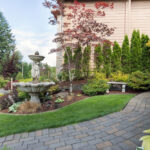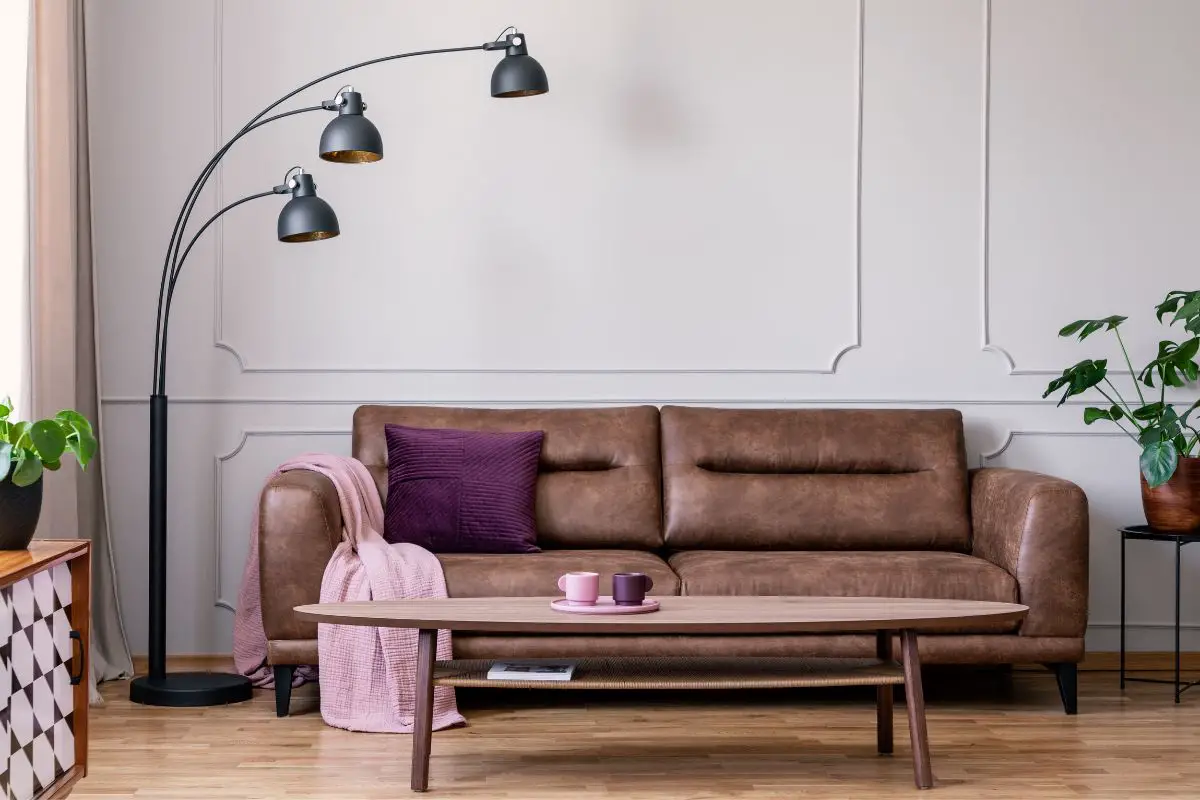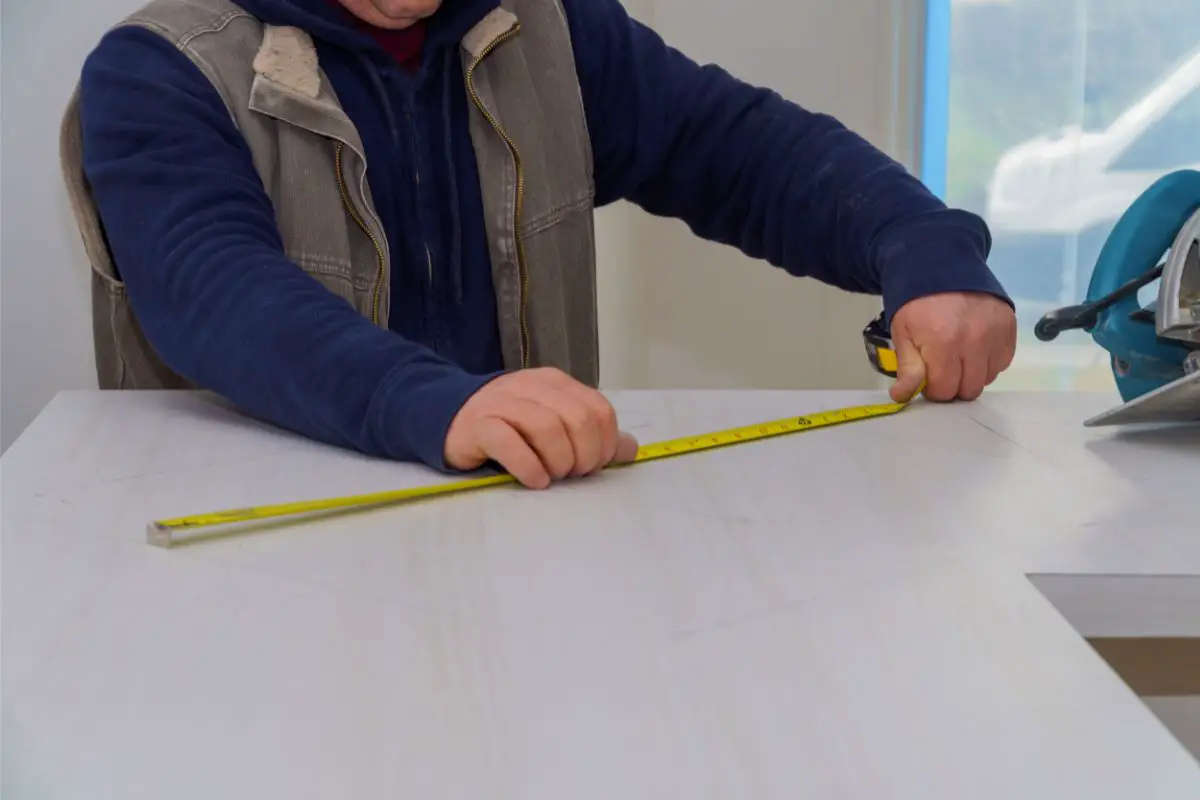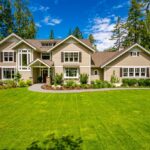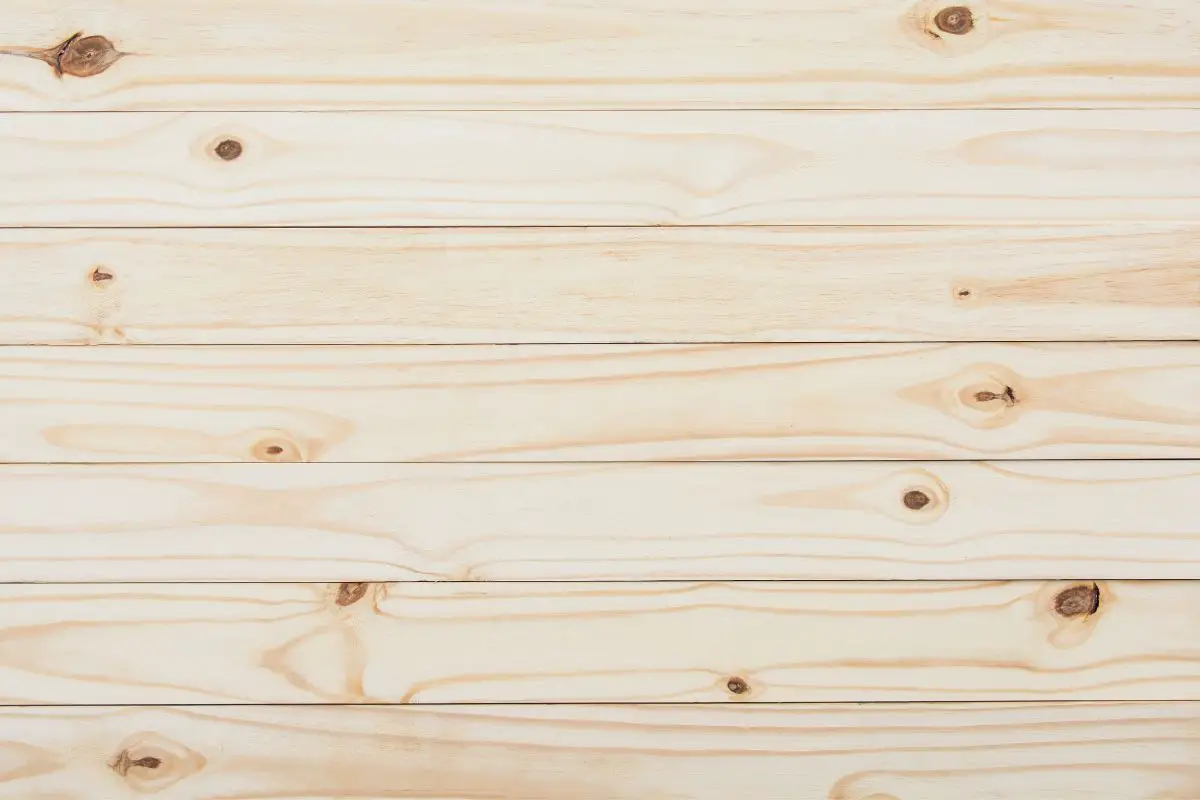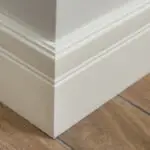Welcome to the world of manufactured wood, where innovation and sustainability converge to provide versatile and eco-friendly alternatives to traditional solid wood.
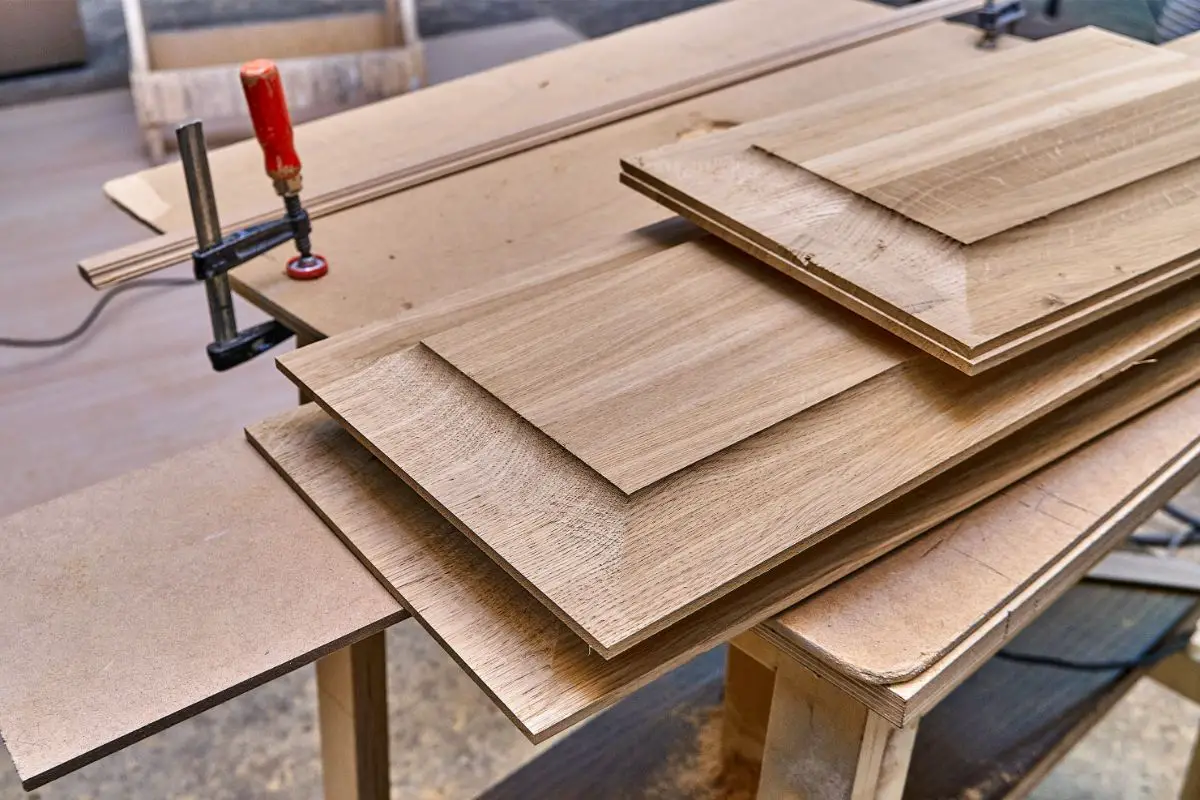
In this article, we will explore what manufactured wood is, its various types, and the benefits it offers in construction, furniture, and interior design.
Whether you are a builder, designer, or simply interested in sustainable and practical alternatives to solid wood, join us on this journey to discover the beauty and versatility of manufactured wood.
About Manufactured Wood
Manufactured wood, also known as engineered wood or composite wood, refers to a range of wood products that are created by combining wood fibers or particles with adhesives and other materials.
These products are designed to maximize the use of wood resources, reduce waste, and offer improved structural stability and performance.
Types Of Manufactured Wood
There are several types of manufactured wood available, each with its unique characteristics and applications. Plywood, made by bonding layers of thin wood veneers together, is renowned for its strength and versatility.
- Particleboard, created by compressing wood particles with resin, offers a cost-effective option with consistent density.
- Medium-density fiberboard (MDF), made by breaking down wood fibers and bonding them with resin, provides a smooth and uniform surface that is ideal for painting or veneering.
- Other engineered wood products include oriented strand board (OSB), laminated veneer lumber (LVL), and cross-laminated timber (CLT), among others.
Manufactured Wood Benefits
One of the key benefits of manufactured wood is its eco-friendliness.
By using wood fibers and particles derived from sustainable forestry practices, it minimizes the demand for solid wood and reduces the strain on natural resources.
Additionally, engineered wood products make efficient use of wood scraps and by-products, reducing waste and promoting a more sustainable approach to construction and manufacturing.
Manufactured wood also offers advantages in terms of strength, stability, and dimensional uniformity.
The engineered construction of these products enhances their resistance to warping, cracking, and shrinking, making them less susceptible to the natural fluctuations of solid wood.
Moreover, manufactured wood can be designed and produced to meet specific requirements, allowing for greater flexibility and precision in construction and design projects.
In the world of furniture and interior design, manufactured wood provides cost-effective options without compromising quality or aesthetics.
It can be easily shaped, cut, and finished to achieve desired designs and styles, offering a wide range of possibilities for creating functional and visually appealing spaces.
Manufactured Wood Applications
Manufactured wood, with its versatility and range of products, finds numerous applications across various industries. Here are some common applications of manufactured wood:
Construction
Engineered wood products like plywood, oriented strand board (OSB), and laminated veneer lumber (LVL) are widely used in construction. They are used for structural purposes such as roof decking, wall sheathing, subflooring, and beams.
Manufactured wood offers strength, dimensional stability, and cost-effectiveness, making it a popular choice for both residential and commercial construction projects.
Furniture Manufacturing

Manufactured wood plays a significant role in furniture manufacturing.
Medium-density fiberboard (MDF) and particleboard are commonly used to construct the core of furniture pieces, such as dressers, tables, cabinets, and bookshelves.
These materials provide a smooth and uniform surface that can be painted or covered with veneers, allowing for endless design possibilities.
Interior Design
Manufactured wood products are often utilized in interior design projects. From wall paneling and decorative trims to moldings and baseboards, engineered wood adds texture, depth, and visual interest to interior spaces.
It can be shaped and formed to achieve various architectural details, enhancing the aesthetics of homes, offices, hotels, and other commercial spaces.
Doors And Windows
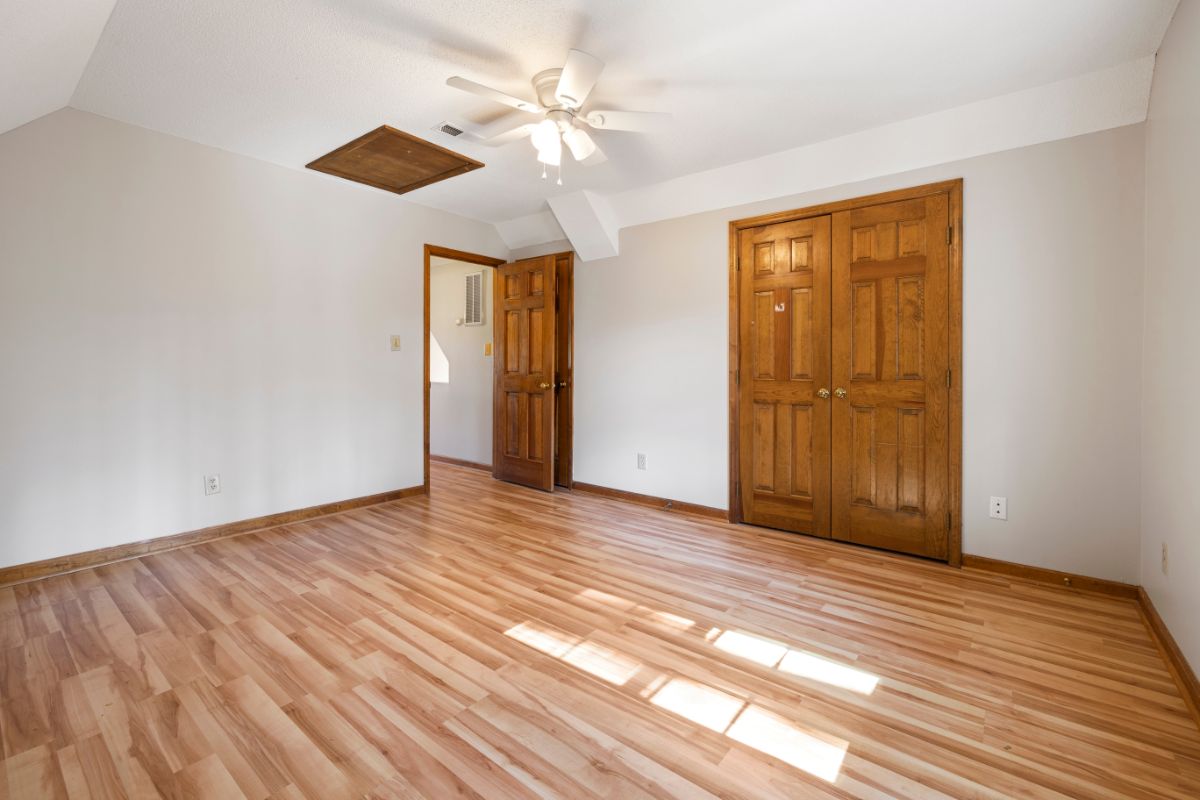
Engineered wood products find application in the manufacturing of doors and window frames.
These materials offer stability, durability, and resistance to warping or twisting, making them ideal for creating long-lasting and aesthetically pleasing door and window components.
Cabinetry
Manufactured wood, particularly plywood and MDF, is commonly used in the construction of cabinets and cupboards.
It provides a stable and reliable substrate for attaching hinges, hardware, and other components. The smooth surface of MDF is well-suited for painting or laminating, allowing for customizable finishes.
Flooring
Engineered wood flooring, made by layering thin veneers of real wood on top of a composite core, offers the aesthetic appeal of hardwood with added stability and resistance to moisture.
It is a popular choice for both residential and commercial flooring due to its durability and ease of installation.
Packaging And Pallets
Manufactured wood products like plywood and OSB are utilized in the packaging industry for crates, boxes, and pallets.
Their strength, rigidity, and ability to withstand heavy loads make them suitable for transporting goods securely.
Musical Instruments

Certain types of engineered wood, such as laminated hardwoods, are used in the construction of musical instruments.
They offer stability and consistent tonal qualities, making them ideal for components like guitar bodies, piano parts, and speaker cabinets.
These are just a few examples of the wide-ranging applications of manufactured wood. As technology advances and new products are developed, the versatility and utility of engineered wood continue to expand, providing innovative solutions for various industries.
Final Thoughts
Manufactured wood has revolutionized various industries with its versatility, sustainability, and wide-ranging applications.
From construction and furniture manufacturing to interior design and packaging, engineered wood products have become indispensable in creating functional, aesthetically pleasing, and environmentally conscious solutions.
As technology and innovation continue to advance, the potential of manufactured wood continues to expand.
New products and techniques are being developed to further enhance its performance, aesthetics, and sustainability. It is an exciting time for the industry as it strives to meet the demands of a changing world while preserving the beauty and functionality of wood.
Incorporating manufactured wood into various applications not only offers practical benefits but also contributes to a more sustainable future.
By choosing engineered wood products, we can reduce our environmental impact while still enjoying the natural warmth and beauty of wood.
- What Kind of Room Has No Doors or Windows? - December 1, 2023
- What is a Powder Room? - December 1, 2023
- What Is a Kitchenette: Exploring the Features and Benefits of a Compact Kitchen - December 1, 2023


